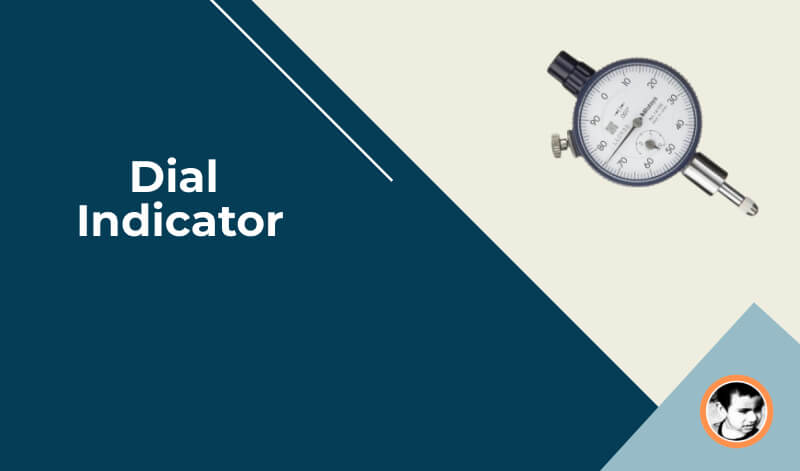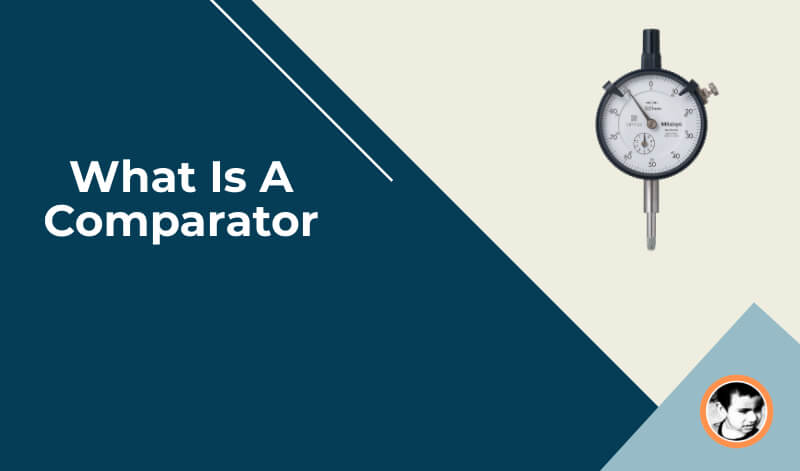When you buy a measuring instrument, the least count is the key factor that you usually look into an instrument. The least count decides how precisely you can measure a dimension with that instrument. Let’s talk more about the least count and how to calculate the least count of the vernier caliper and micrometer.
What is least count?
The least count of an instrument is the smallest measurement that can be measured using that instrument. The lower the least count, the smaller and precise dimension that you can measure.
Let’s take the example of a ruler. It has 10 marks in between 1 centimeter. So the least count for a ruler is 1/10= .1 cm or 1 mm. So with a ruler, the smallest dimension that you can measure is .1 cm or 1 mm.
Are you searching for a new job or looking for some internships? Check out some exclusive openings posted on Jooble.
General Least Count Formula
Here is how you can calculate least count of an instrument having a single scale
Formula: 1
Least Count = Value of 1 main scale division / Total main scale divisions.
The least count formula for an instrument.
Here is the least count formula for an instrument having a secondary scale along with the main scale. This rule also can be termed as the formula of least count of vernier caliper
Formula: 2
Least Count of main scale = Value of 1 main scale division / Total main scale divisions
Least Count Of Secondary Scale = Value of 1 secondary scale division / Total secondary scale divisions
Least Count of an instrument = Least count of primary scale / Total secondary scale divisions
Least count of a ruler
![What is least count : How to calculate least count of Vernier Caliper And Micrometer [PDF] 1 least count](https://www.riansclub.com/wp-content/uploads/2020/08/ruler-1024x512-1.png)
We can calculate least count of ruler using formula 1 mentioned before.
Least count of a ruler = 1/10 CM= .1 CM =1 MM
Least count of micrometer
![What is least count : How to calculate least count of Vernier Caliper And Micrometer [PDF] 2 calculate least count of vernier caliper](https://www.riansclub.com/wp-content/uploads/2020/04/micrometer.jpeg)
Least count of vernier caliper can be calculated using formula 2
Least count of main scale= .5/10 CM= .05 CM= .5 mm
Total secondary scale divisions= 50
Least count of vernier scale= .05/50 CM=.001 CM=.01 MM
Least count of vernier caliper= .05/50 CM=.001 CM=.01 MM
Least count of vernier caliper
![What is least count : How to calculate least count of Vernier Caliper And Micrometer [PDF] 3 vernier scaled 1](https://www.riansclub.com/wp-content/uploads/2020/08/vernier-scaled-1-1024x768.jpeg)
Least count of micrometer can be calculated using formula 2
Least count of main scale= 1/10 CM=.1 CM=1 MM
Total secondary scale divisions= 50
Least count of vernier scale= .1/50 CM=.002 CM=.02 MM
Least count of vernier caliper= .1/50=.002 CM=.02 MM
Least count and precision
The least count is directly linked with precision. The smaller is the least count number, the more precise the instrument is. For example, the mechanical vernier has the least count of .02, but for the electronic vernier, the least count is .01. So the electronic vernier is more precise as it can measure dimensions unto .01 mm.
You may also like to read: What is poka yoke
What is vernier caliper zero error
When the jaws of the vernier caliper come into contact, the zero of the main scale should coincide with the zero of the secondary scale. If both do not coincide then it is called zero error. There are two types of zero error.
- Positive zero error
- Negative zero error
Positive zero error
If the zero of vernier scale is on the right side of the zero of the main scale then it’s a positive zero error. So, in this case, the zero correction value will be negative
Negative zero error
If the zero of vernier scale is on the left side of the zero of the main scale then it’s a negative zero error. So, in this case, the zero correction value will be positive
How to use a vernier caliper to measure a dimension?
You can use the formula mentioned below to calculate the value of the measurement
A=B+Zc
Where A= Length to be measured (CM)
B ( Variable)= M+X (CM)
X (Variable)= n * LC (CM)
LC= Least count = .02 (CM)
Zc=Zero Correction= .07(-)—Lets Assume negative correction (CM)
M= Main scale reading (CM)
n= Number of vernier division coinciding with the main scale division
Lets take an example of a cylinder which was measure using a vernier caliper.
| Sample Sl# | Main Scale Reading( M) | # Of Vernier scale division(n) | Variable X=n*LC.02 | Variable B=M+X | Dimension A=B+Zc |
|---|---|---|---|---|---|
| 1 | 10 | 5 | 5*.02=.10 | 10+.10=10.10 | 10.10+(-.07)=10.03 |
| 2 | 15 | 6 | 6*.02=.12 | 15+.12=15.12 | 15.12+(-.07)= 15.05 |
| 3 | 20 | 7 | 7*.02=.14 | 20+.14=20.14 | 20.14+(-.07)= 20.07 |
Conclusion
I hope you got a fair idea about the least count and how to calculate the least count for Vernier caliper and micrometer. Though the logic is straightforward, please write in the comment section if you still have questions, and I will be happy to assist you.
Also, if you have any example that you want to discuss here, you are always open to putting that up in the comment section.
Frequently asked questions ( FAQ)
What is least count?
Least count is smallest measurement that an instrument can measure.
Whats the relation between least count and precision
Smaller the value of least count, more precision the instrument has.
How to calculate least count of vernier caliper
The least count of vernier caliper can be calculated as follows
Least count of vernier caliper= Least count of main scale/ Number of scale divisions in the vernier scale



